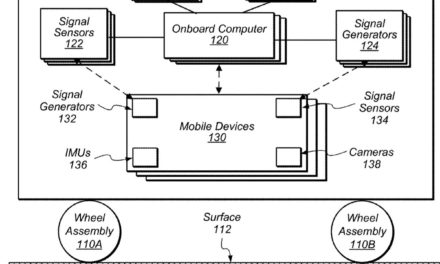Worldwide semiconductor capital spending is projected to decline one percent in 2015, to $63.9 billion, according to Gartner, Inc. (www.gartner.com). This is a down from the 2.5 percent growth predicted in Gartner’s previous quarter’s forecast. The forecast for 2016 is unchanged at a 3.3 percent decline over 2015.
“We are continuing to see weakness in end-user electronics demand in response to an uncertain economic environment, which is putting a damper on 2015 spending,” said Takashi Ogawa, research vice president at Gartner. “Next year we are anticipating DRAM manufacturers to respond to oversupply conditions with dramatic deductions in their investment plans.”
\
Capital investment policies of leading semiconductor vendors have maintained a cautious attitude against the background of sluggish electronics demand. Intel has announced further capital spending cutbacks since Gartner’s previous forecast update, as have outsourcing companies [foundry and semiconductor assembly and test services [SATS]) and integrated device manufacturers (IDM)].
Capital spending in memory will decrease by $0.8 billion compared with Gartner’s second-quarter forecast. The spending forecast in the DRAM sector has a strong downward adjustment to only 0.2 percent growth for 2015 from 29 percent in the last forecast, as PC and ultramobile demand slows more significantly, according to the research group.
“In the DRAM market, weak end-market conditions combined with new foundries coming on line at Samsung and SK Hynix have created a weaker market than anticipated in our last forecast,” says Ogawa. “As a result, we anticipate that DRAM manufactures will move more quickly from investing in new capacity to a maintenance and upgrade existing capacity mode of operation.”
In the NAND sector, the latest forecast upgrades growth for spending to 0.1 percent in this year from negative 19.4 percent in the previous forecast. Gartner predicts that memory manufacturers will switch 10 percent of capacity investments from DRAM to NAND in late 2015 and 2016. DRAM manufacturers will respond to weak market conditions by slowing investments in late 2015 and early 2016.


